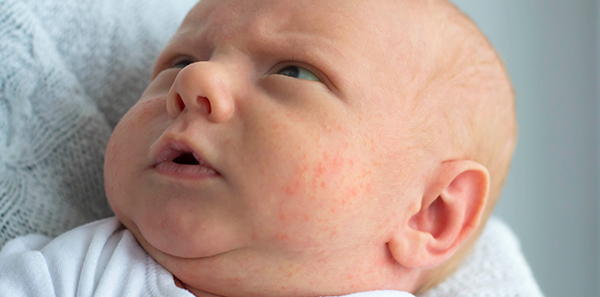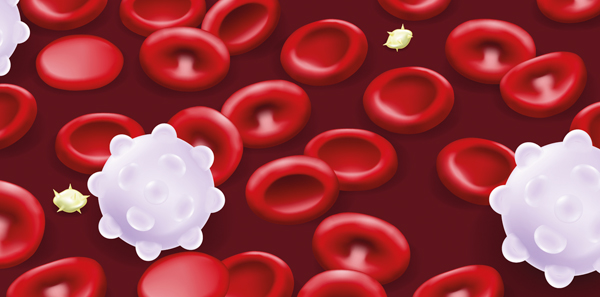
Atopic dermatitis or atopic eczema
Atopic Dermatitis is a chronic skin disease that particularly affects paediatric age patients. It tends to improve as children get older, but it can persist or occur in adults.
It is multifactorial, since immunological, as well as environmental and genetic factors, intervene in its appearance.
It is characterised by the combination of xerosis (dry skin), pruritus (itching) and eczematous lesions (reddish, scaly patches). Children under the age of 2 present lesions mainly on the face, especially on the cheeks. In children over the age of 2, up to adolescence, lesions usually affect skin folds (the inner part of the elbow joint and behind the knees – the popliteal fossa). In adults, the location is variable but typically occurs on the eyelids.
Advice for prevention and care of atopic dermatitis
- Everyday hygiene: bathing or short showers in warm water, using soap-free cleansers or a mild soap that is neutral, perfume-free and with high oil content.
- Moisturise the skin daily with emollient creams applied to moist skin after showering or bathing.
- Cut nails short and keep them clean to avoid infections from scratching.
- Use clothing made from cotton or natural fibres (silk, linen) and avoid wool and synthetic fabrics.
- Preferably use an automatic washing machine.
- Avoid using detergents, softeners and other products that may cause irritation.
- In some adult patients, bathing with a little bleach diluted in the water has been found to be beneficial, owing to the alkaline pH in the water provided by the bleach. When in contact with the skin, this produces an improvement in the symptoms of atopic dermatitis. The recommended dose is 2 tablespoons of bleach in a full bath of water, between 2 and 4 times a week.












